Cucumbers are a popular and relatively low-maintenance vegetable crop. The growth of the fruits is influenced by many factors: temperature, weather conditions, and soil composition. Beginner growers do not always follow planting and care instructions, which leads to cultivation challenges.
This article explores why cucumbers may not thrive in greenhouses and how to address the issue.
Table of contents
Reasons for Poor Growth of Greenhouse Cucumbers
Closed environments offer several advantages that enhance plant productivity: light permeability, thermal insulation, a greenhouse effect, protection from rain and wind, and early planting dates.
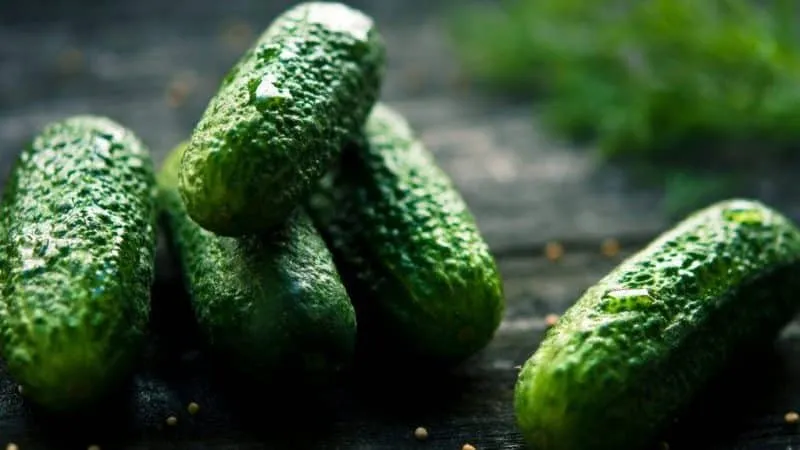
Despite these benefits, certain factors significantly affect cucumber growth:
- poor soil composition;
- watering mistakes;
- unsuitable temperature;
- pollination issues;
- various diseases and pests;
- incorrect fertilizer selection.
Let’s examine each of these reasons in detail.
Poor Soil Composition
Before planting cucumbers, it is essential to enrich the soil with mineral and organic fertilizers. The soil is prepared in autumn, after harvesting.
First, all weeds are removed, and the soil is tilled. A solution of 300 g of lime and 10 L of water is prepared and left to infuse for 3 hours. The entire greenhouse is treated with this solution, ensuring no gaps are missed. Manure is added to the soil, and everything is tilled again. The soil is left in this state until the next season.
A week before planting, essential fertilizers for plant growth are added: nitrogen, potassium, and phosphorus. For every 1 m², 20 g of potassium sulfate and superphosphate are applied. The soil is tilled, watered with warm water, and covered with plastic film, which is removed just before planting.
Note. To prevent bacterial growth, the soil should be replaced every 2 years.
Watering Mistakes
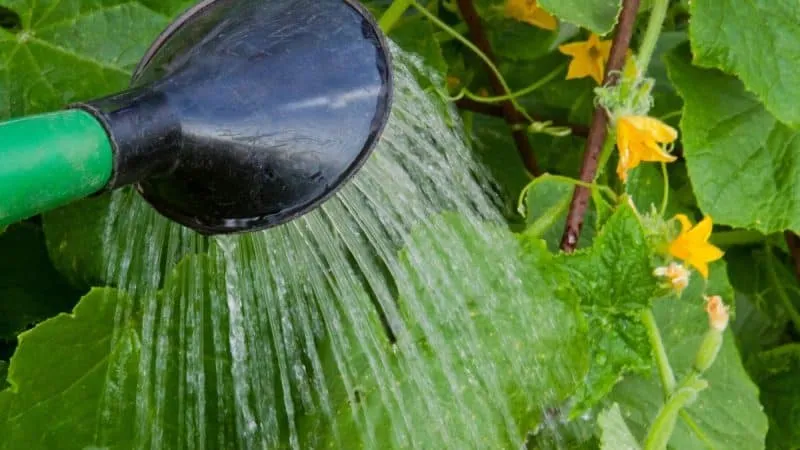
Cucumbers require regular but not excessive watering. Overwatering leads to root rot and discoloration of the fruit’s lower part, while underwatering makes the cucumbers bitter.
The optimal watering frequency is once every 2 days. Use settled water at a temperature of +20…+23°C.
Unsuitable Temperature
Cucumbers thrive in warm conditions: the air temperature during their growing season should be maintained at +20…+26°C. Otherwise, the plants will not develop properly.
Note. Seedlings require special care. Until they reach 6 cm in height, they should be covered with plastic film and ventilated several times a day.
Pollination Problems

Proper pollination is crucial for a good harvest. Some cucumber varieties are parthenocarpic (self-pollinating), while others require insect pollination. In greenhouses, the latter often need human assistance. Pollination is done using a soft brush—pollen is collected from male flowers and carefully transferred to female flowers.
Diseases and Pests
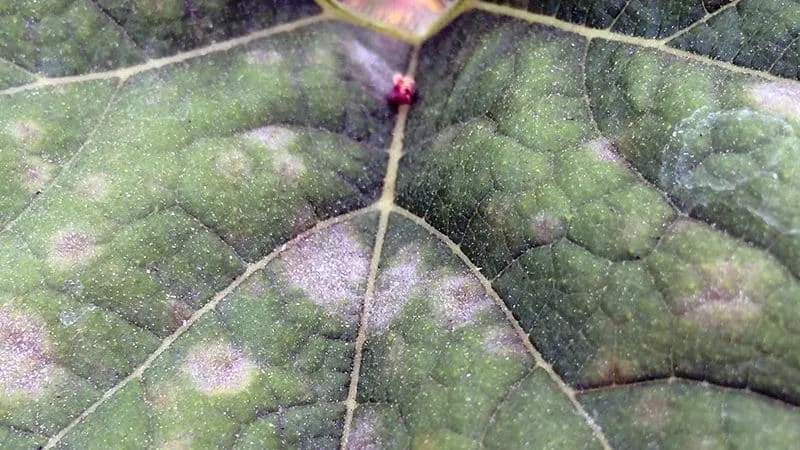
Cucumbers are susceptible to various diseases:
- Root rot — caused by overwatering, stems become thin and dark. To combat it, the fungicide "Previcur" is used. Dissolve 20 mL of the product in 10 L of water and apply at the root.
- Powdery mildew — develops in cool, rainy weather. Infected plants develop white patches on the undersides of leaves, and fruits lose moisture and turn bitter. Mix 2 mL of "Topas" in 10 L of warm water and spray the plants.
- Cladosporiosis — a fungal infection that spreads quickly in high humidity and temperature. Dark brown spots appear on the fruit, and cucumbers become deformed. These fruits are inedible. To treat, dissolve 20 g of "Oxyhom" in 10 L of water and spray the plants.
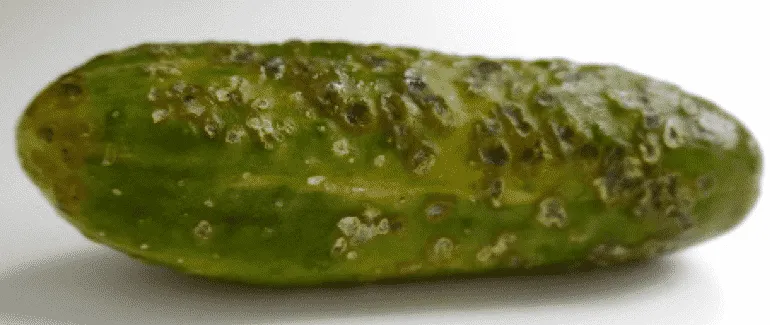
Common pests affecting cucumbers:
- Spider mites — these insects suck sap from leaves and cover them in webs, eventually killing the plant. Biological pesticides like "Spinosad" are effective against them.
- Aphids — can destroy a significant portion of the crop. Onion peel infusion is a natural remedy.
- Slugs — spread fungal spores. They are removed manually.
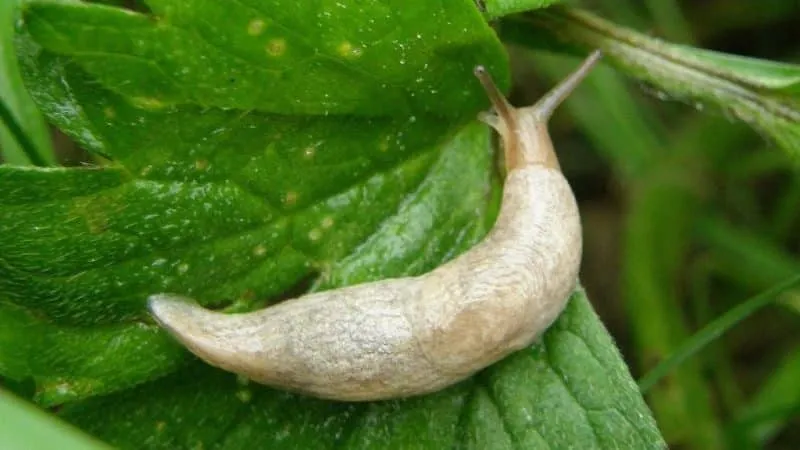
For soil-dwelling pests, "Ferramol" is applied during planting—mixed into the soil or sprinkled on the surface.
To protect plants from diseases and pests, "Trichoderma" is used. Tablets are placed directly into planting holes during seedling transplantation.
Cultivation Rules and Ways to Improve Yield
To ensure healthy growth, cucumbers should be regularly fertilized, treated for diseases and pests, and cultivated using proper agricultural techniques.
Fertilization
Fertilizers should be applied no more than 4 times per season. Nitrogen is essential during leaf and stem development, phosphorus during flowering, and potassium during fruiting. 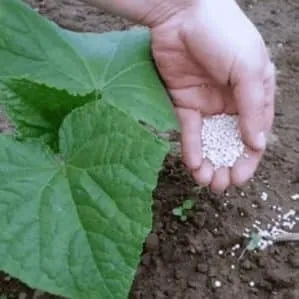
Additional fertilization is only necessary if signs of nutrient deficiency appear.
The first application is done 2 weeks after planting. The second is at the start of flowering, followed by applications during fruiting.
Fertilization methods:
- root feeding;
- foliar feeding.
Root Feeding
Nutrients are applied directly to the plant roots. This is best done in the evening after sunset.
For the first application, organic options include manure solution (1:6) or poultry manure (1:15). For mineral fertilizers, a mix of potassium salt, superphosphate, and ammonium nitrate (10 g each per 10 L of water) is used.
During flowering, an ash solution (1 cup of ash per 10 L of water) or green herb infusion (1:5) is applied.
At the fruiting stage, a solution of potassium nitrate (25 g per 10 L of water) or urea (50 g per 10 L) is used.
A final ash solution application can extend the fruiting period.
Foliar Feeding
Nutrients are sprayed onto leaves and stems, especially in cold weather when roots struggle to absorb them. Apply lightly in the evening.
Foliar feeding is introduced during ovary formation. A solution of 10 L water and 35 g superphosphate is used.
During fruiting, leaves are sprayed with urea (10 g per 10 L water). In the final application, the concentration is increased to 15 g per 10 L.
Greenhouse Treatment

Regular greenhouse disinfection reduces disease and pest risks.
After harvest, the greenhouse is treated with a formalin solution. This chemical is toxic, so safety precautions must be followed.
Products like "Virkon S" and "Kickstart" effectively disinfect greenhouses. Follow the manufacturer’s instructions.
Agricultural Techniques
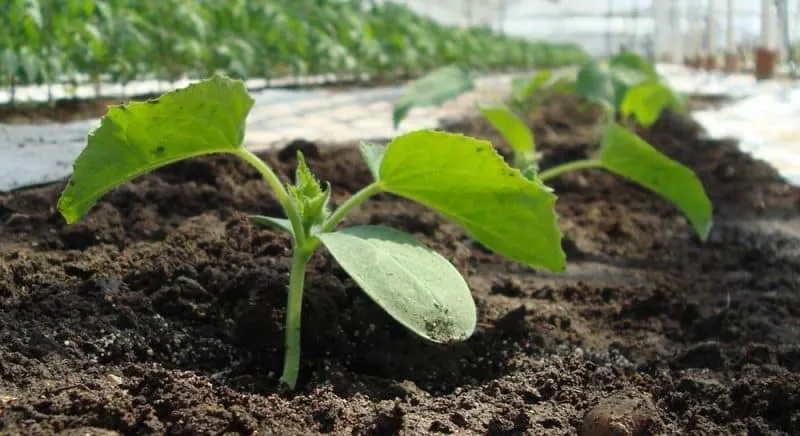
Proper care ensures healthy growth and high yields:
- Cucumbers are gently tied with synthetic twine or hemp 4 days after transplanting.
- Temperature control is crucial—warmer outside means higher temperatures inside.
- Before fruiting, water every 3–5 days (3-4 L per 1 m²). During fruiting, increase to every 2-3 days with triple the water volume. In hot weather, water daily.
- Foliar feeding is applied every 2-3 weeks. In prolonged cold weather, increase to weekly.
Preventive Measures
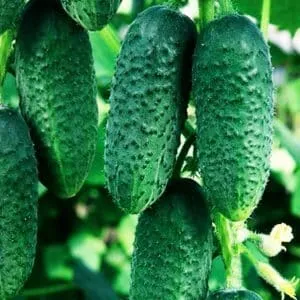
To prolong cucumber growth, follow these preventive steps:
- Avoid planting cucumbers in the same spot consecutively.
- Remove all plant debris after harvest.
- Do not over-fertilize.
- Water only with warm water.
- Remove weeds promptly.
- Loosen and mulch the soil.
Tips from Experienced Growers
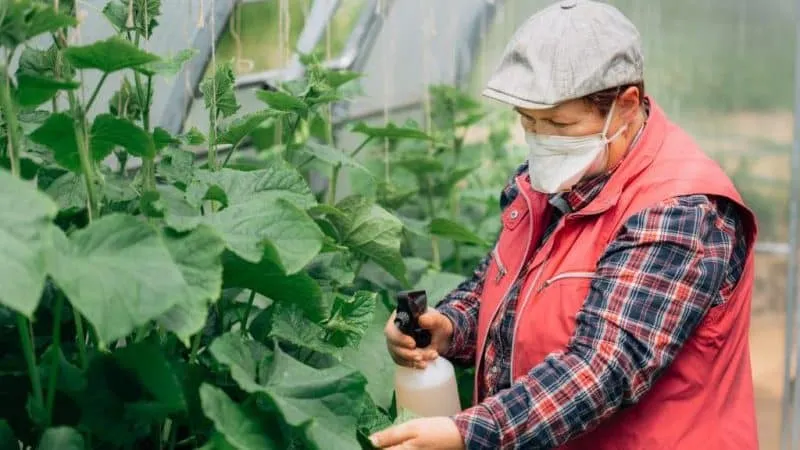
For healthy plants and tasty cucumbers, follow these expert tips:
- Water seedlings only with warm, settled water. Cold water can kill young plants.
- If cucumbers turn bitter, increase watering frequency—moisten both plants and surrounding soil.
- Fertile soil is essential. Before planting, add 10 kg of compost, 50 g of potassium chloride, and 50 g of superphosphate per 1 m².
- Plant cucumbers in two rows per bed, spaced at least 50 cm apart.
- Pinch seedlings when the fourth leaf appears.
- Choose disease-resistant varieties. Regular inspections help detect issues early.
- Harvest cucumbers multiple times a day to encourage new fruit growth and prevent yellowing.
Conclusion
Cucumbers, like other vegetables, require specific care. After each harvest, greenhouses should be disinfected.
Cucumbers are prone to diseases and pests. Preventive measures—such as crop rotation, proper watering, and fertilization—help avoid problems. If infections occur, use natural remedies or specialized chemicals.
Fertilize no more than 4 times per season: nitrogen for growth, phosphorus for flowering, and potassium for fruiting. Alternate between mineral and organic fertilizers.







